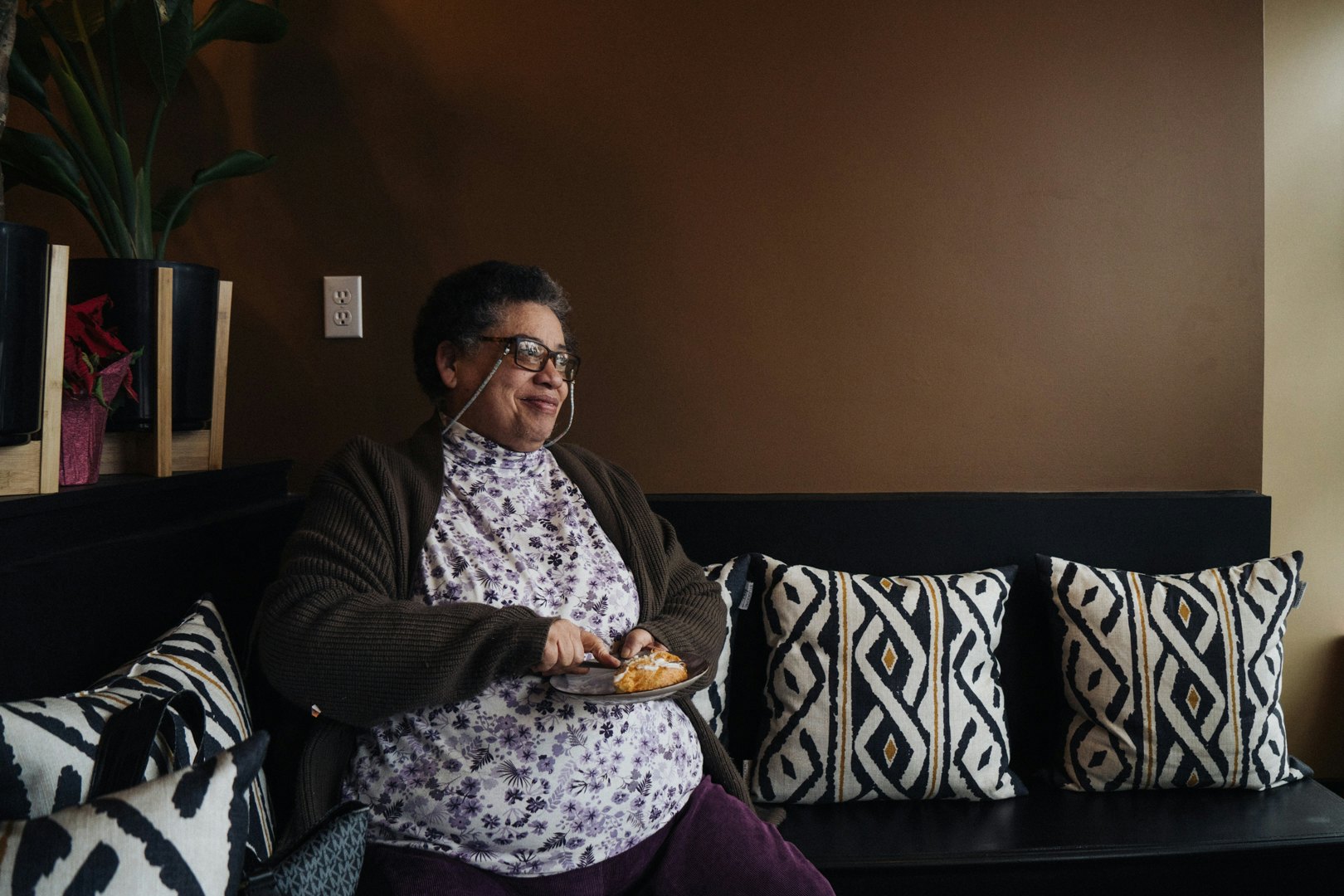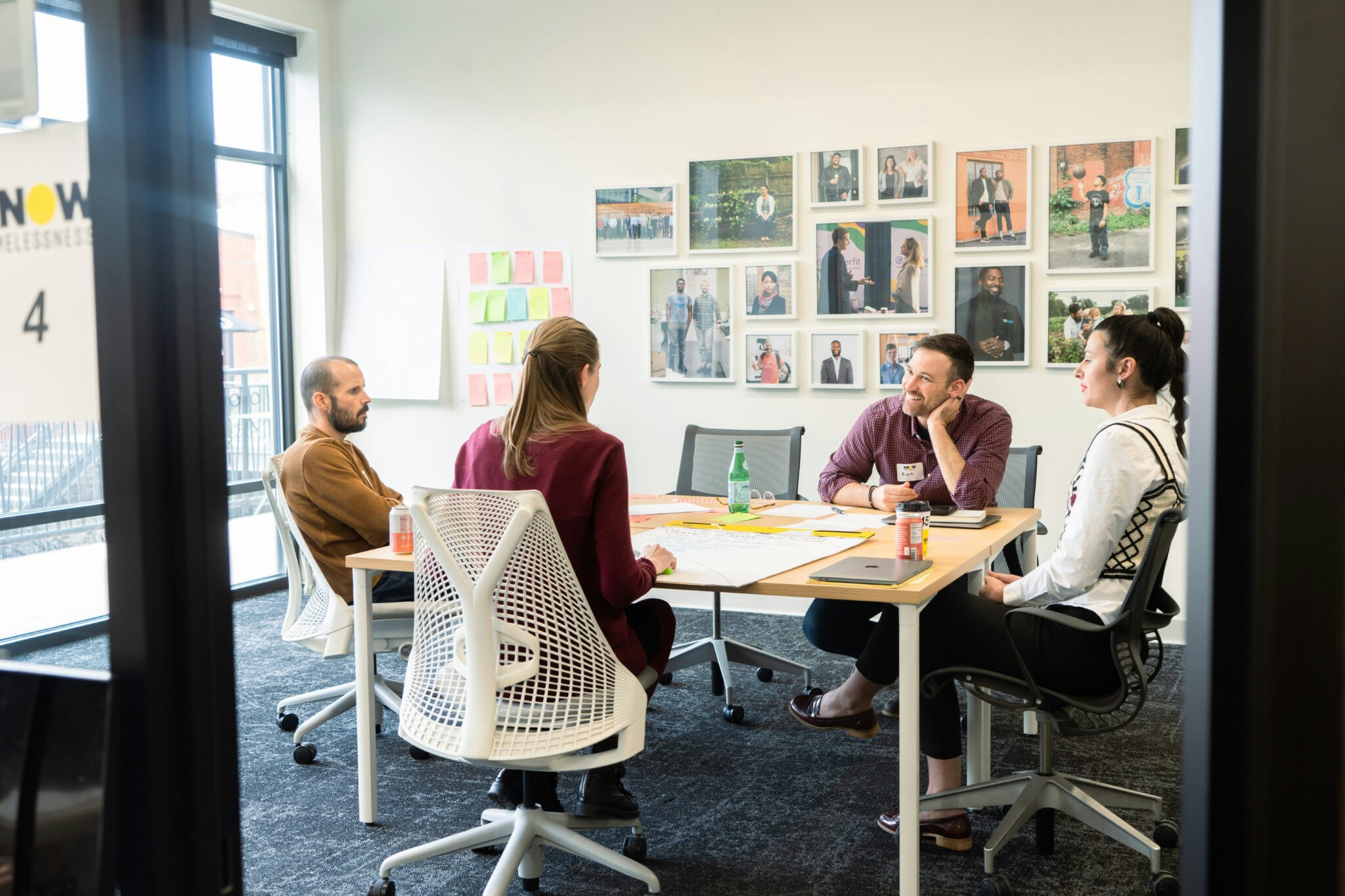An Inclusive & Creative Economy is Dynamic
Colonel John Boyd (January 23, 1927 — March 9, 1997) was a renowned fighter pilot during WWII. Having studied the fighter patterns of aircraft, he developed what has become famously known as “Boyd’s OODA Loop.” It’s essentially an iterative, decision-making process that identifies who will “win” and who will “lose” in business (obviously subjective to industry/goal/etc as to what defines “winning/losing”) and it was modeled after his experiences in observing who ultimately won a dogfight between fighter pilots. For decades, businesses and governments have studied Boyd’s OODA Loop and sought to employ its principles as the world, and markets, shift before our very eyes.
Ultimately, decision-making is never a linear process but a multidimensional one. Time and again, I am surprised at how binary our thinking can be pertaining to extremely complex realities. Especially in the face of 2020 and the turmoil of the past 12 months alone. A year in which very fundamental “truths” within our national discourse have been rocked to their core. For several years now, there has been increasing discussion around the future of capitalism and a desire by many to reimagine a more “conscious capitalism” or “new capitalism” – efforts to not just slap softer monikers on something abstract and distant but to remind us as a society that people are dynamic and that the economy represents not just an engine for industry, but an opportunity to demonstrate the inalienable dignity of all people.
If our solutions today address the problems of today…ideally, they won’t be the same problems of tomorrow.
If we continue our historic and entrenched methods of investing and responding to community needs — without remaining flexible and situationally aware — we will continue to miss the mark and will be unable to orient and act fast enough to ultimately reshape our communities and our futures. In fact, if our solutions today address the problems of today…ideally, they won’t be the same problems of tomorrow, and we need to be prepared for that reality by constructing more dynamic approaches to be ready for what lies ahead. Much like the principles of the OODA Loop require constant analysis and decision, we should seek to employ an iterative, inclusive, and open process of adaptive learning, with dynamic capabilities and defined outcomes around our resources and their deployment in the pursuit of financial, social, and environmental returns. What is needed are more dynamic capital strategies and a process of constant testing, verification, and adjustment to provide the most capital efficient and targeted solution.
At Access Ventures, we believe that an inclusive and creative economy is equitable – that there are more opportunities available to enable upward mobility for more people. All segments of society, especially the poor or socially disadvantaged groups, can take advantage of these opportunities. Inequality is declining, rather than increasing. People have equal access to a more solid economic foundation.
We also believe that an inclusive and creative economy is dynamic. Dynamic economies have high rates of growth and innovation and an ability to withstand shock in the face of disruption and are more likely to thrive as well as being richer in opportunity. It traditionally encompasses activities like the rate of new business formation, the frequency of labor market turnover, and the geographic mobility of the workforce.
We can no longer look at the markets as detached from the reality of the world around us.
As investors and capital providers, it is necessary we consciously construct more dynamic capital strategies to support people and communities. We can no longer look at the markets as detached from the reality of the world around us. Moreover, for community development organizations and endowment asset holders, one of the principal goals for philanthropy should be a high tolerance for experimentation — it should be the “riskiest” capital; always seeking the most innovative, effective, and efficient methods for combating community deterioration and pursuing lasting change. Dynamic thinking and dynamic people are vital to the goal of integration, adaptability, and a more dynamic capital strategy that is ready to meet the demands of today’s (and tomorrow’s) problems, head-on.
Next week, I’ll explore a bit more at what a more resilient economy looks like as we seek to further define our collective efforts at Access Ventures.



